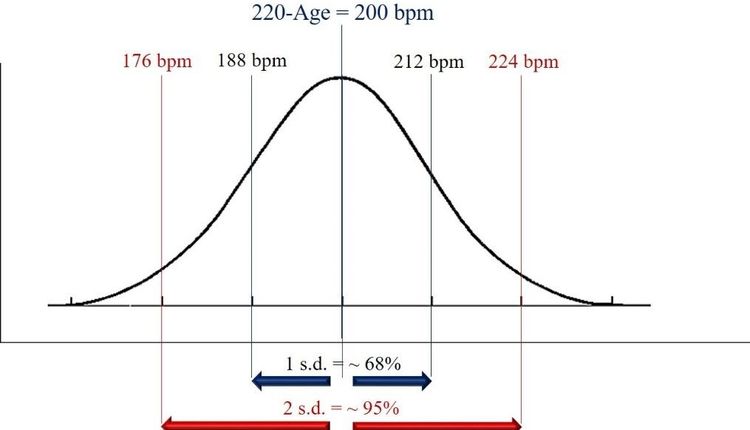The skeletal structure of the foot and ankle differs significantly between human sprinters and non-sprinters, according to Penn State researchers. Their findings not only help explain why some people are faster runners than others, but also may be useful in helping people who have difficulty walking, such as older adults and children with cerebral palsy.
According to Stephen Piazza, associate professor of kinesiology, the research is the first to use magnetic resonance imaging to demonstrate that sprinters have significantly longer bones in their forefeet than non-sprinters and reduced leverage in their Achilles tendons than non-sprinters.
According to Stephen Piazza, associate professor of kinesiology, the research is the first to use magnetic resonance imaging to demonstrate that sprinters have significantly longer bones in their forefeet than non-sprinters and reduced leverage in their Achilles tendons than non-sprinters.
Continued at MedicalNewsToday>>







